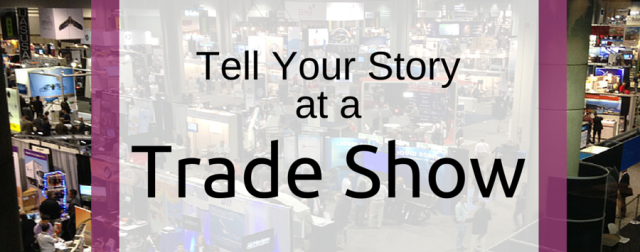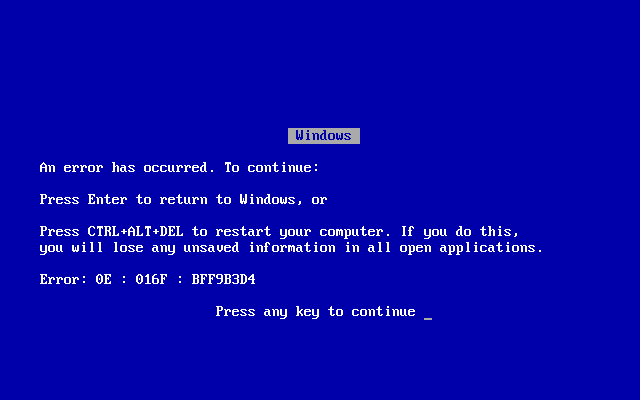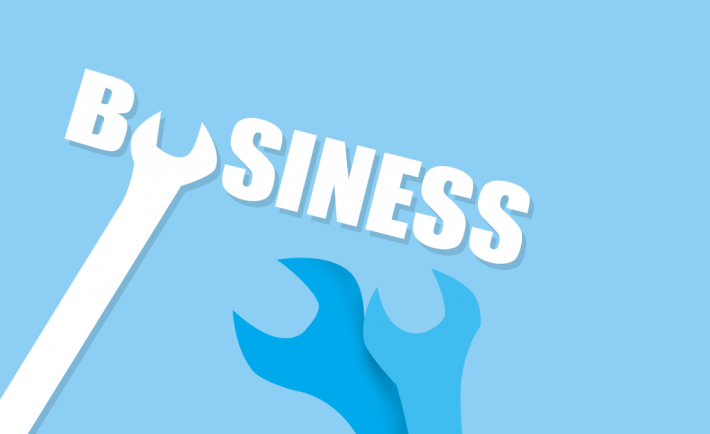To a lot of us, millennials are an extremely odd species. They’re happy to go for weeks talking to people through text and nothing else, they take selfies rather than ask strangers to take pictures of them, and some use the word “hashtag” as part of their face-to-face speech. There’s certainly a big fixation on this generation, notably in the world of marketing. Millennials make up a massive proportion of a lot of business’s consumer bases, so it’s no wonder that so many business leaders are striving to tailor their marketing efforts to this niche. If you want to be more popular with this niche, here are a few things you need to know about marketing to millennials.
The first thing you need to understand about marketing to millennials is that brands mean a lot more to them than previous generations. Millennials use brands to express themselves, and are more attracted to brands which are much more than a logo. Before they make a purchase, they need the brand to have a personality which they like to experience, and feel they can relate to. So, what does this mean for you? When creating new marketing materials, you need to do everything possible to ensure that millennials either aspire to be like your brand, or are already like your brand. Many are very comfortable paying extra for a product that reflects the image which they want to get across themselves. To harness this phenomenon, you may need to brush up on your understanding of millennial culture, and plan steps to create a brand that meshes smoothly with it.
The next thing you need to understand about marketing to millennials is that they’re friendly, both with other individuals and with brands. Millennials tend to have larger friendship groups than older generations. This is hardly surprising when you think about the massive social buzz which they’ve all grown up in. These are people who had internet access from their childhood. From the moment they hit their adolescence, they were surrounded by a web of IM apps, Facebook groups and Instagram business pages. For the first time in history, it’s become semi-normal for someone to develop strong relationships and bonds with people scattered all over the world. The point here is that if you play your cards right, and portray a brand persona which is attractive to the millennial age group, then they’ll want to “befriend” it. Create a brand identity that comes off as genuine, sociable, mature, humble and trustworthy. Once you pin this down and exert it in every little facet of your marketing materials, the millennials you’re targeting will come flooding in! If there’s one example of this that’s really stood out, it’s Coca-Cola’s “Share a Coke” campaign. This was the first time that Coke made any major changes to their product packaging, and was a direct reaction to them losing their brand relevance and share of the market. The campaign was meant to reinforce their core attributes and brand identity in a way that resonated with millennials, and that’s just what happened!
Another important thing to understand about millennials is that they want to experience brands, rather than simply buy from them. Your parents may have advised you to “spend your money on experiences, not on things”. Well, for my money, millennials are going to be saying this to their kids a lot more than any previous generations! Most millennials have a pretty clear memory of the recession of the late noughties, and took some of its anti-consumerist sentiment with them. In recent years, this generation has also been the one that’s gone to the most festivals, parties, gigs, and so on. Ask pretty much any millennial, and they’ll tell you that their best memories are from some live event, trip or another kind of experience. This is reflected in various marketing studies which have shown that millennials are more inclined to make a purchase from a brand if they have some kind of face-to-face interaction with them. I know that this doesn’t really match up with the massive role social media plays in their lives, but it’s a fact we have to work with! You don’t need to set up your own permanent, customer-facing premises to get your millennial target market on your side. However, you should look into some experimental marketing which will engage with them in a unique and memorable way. Again, you can take a page out of Coca-Cola’s book with their “hug machines”, which were set up in college campuses around the world. Dove tried their hand at experimental marketing too with their “Choose Beautiful” campaign. Gimmicks on this kind of scale can cost a lot, and you may not have the resources to pull one off. However, you can still be a little more experience-orientated by sponsoring events or organizing free product tests.
Finally, remember that millennials don’t take too kindly to traditional marketing. This is why it’s become less and less visible since 2010. When Facebook first started taking off, a lot of brands used their ads. When they saw that millennials weren’t reacting to them, the sponsored post was born, and immediately soared in popularity. As marketing leaders began to realize that millennials were carrying out extensive online research before they bought anything, inbound marketing was invented, and became a cornerstone of modern campaigns. Make sure you’re playing ball here if you want millennials to see your brand as something personable, rather than another big bad corporation. Instead of posting a traditional ad titled “Click here for cheap Spring Break trips” write a blog post titled “5 great places to spend Spring Break”. You don’t have to go overboard about keeping your call-to-action nice and subtle. Pretty much every millennial will take the time to read sponsored content, provided that it has something interesting to say!
Marketing to millennials can be tough, but it’s certainly not impossible! Take this information on board, along with your own findings, and tailor all your marketing materials to millennial sensibilities.















